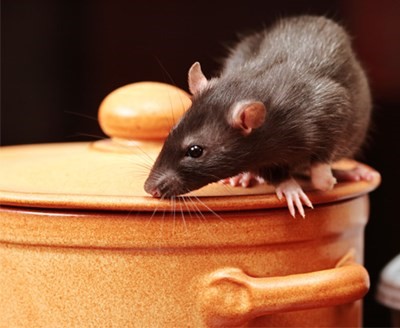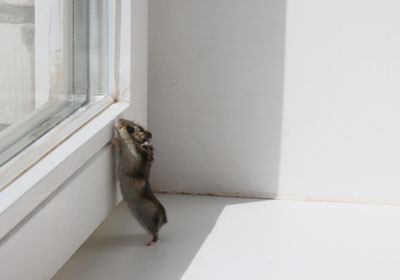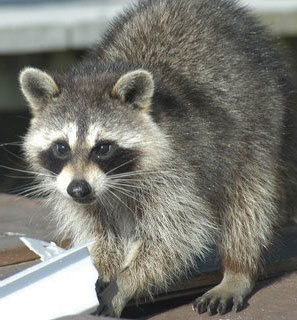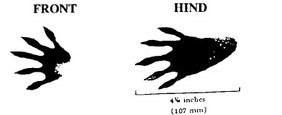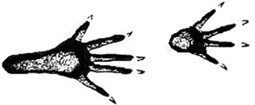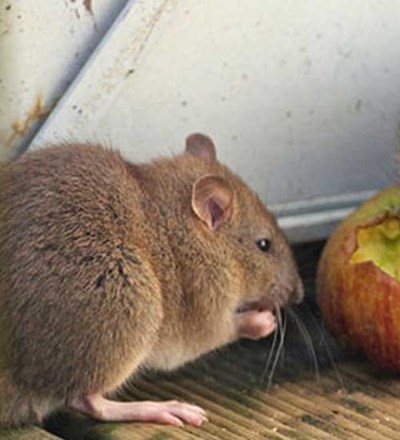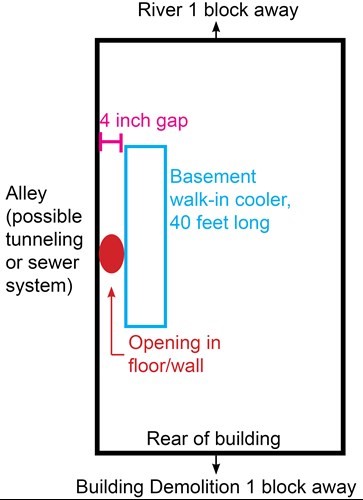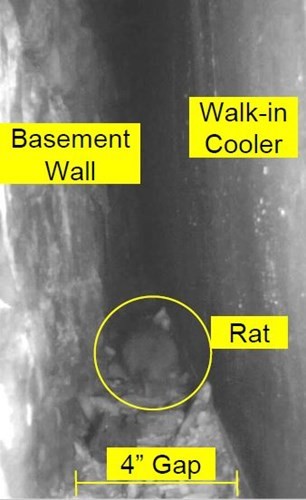Everyone knows that a rodent infestation can be gross, but they can be dangerous, too! As a nuisance pest, rodents will rummage through your food and chew on wires, but they can pose a bigger threat. Rats and mice are infamous for causing a lot of damage, and their droppings are infamous for transmitting a number of dangerous diseases. It’s important to stay informed about the dangers of rodents. Keep reading for expert info from the rodent exterminators at Batzner Pest Control.
Disease from Rats & Mice Droppings
Around the world, there are a number of serious illnesses and health risks associated with the presence of rodents. These can be spread directly to humans through contact with droppings, saliva, and bites. Mice diseases can also be transmitted indirectly through ticks, fleas, and mites. The most dangerous illnesses tied back to mice include:
- Hantavirus
- Most often found in the urine and feces of deer mice, hantavirus can cause symptoms from fever and chills to aches in pains. In serious cases or when it is not treated, it can lead to shortness of breath and kidney failure.
- Salmonella
- When rats and mice walk over surfaces, they are tracking dirt and bacteria across other food surfaces. Salmonella, commonly referred to as food poisoning, can cause severe stomach cramps, vomiting, and worse.
- Rat-bite fever
- Also known as Streptobacillus, rat-bite fever is caused by a bite or scratch from an infected rat. It is also caught by handling infected animals and ingesting food or drink contaminated with the rat’s faeces or urine.
Types of Rodent Damage
In addition to rummaging through your pantry and eating food in your garbage, rats and mice can cause serious damage inside your homes. Rats have a set of incisors that continue to grow, encouraging them to chew on things constantly. Electrical wires are one of the main targets, which can be especially dangerous if chewed-through wires cause short circuiting and fires. Rats have also been known to cut through extremely tough materials like steel, concrete, and wood, which can cause severe structural damage to your home.
When to Use a Rodent Exterminator
If you’ve spotted a rat or mouse in your home, it’s time to call the rodent exterminators at Batzner Pest Control. Without the help of an exterminator, rodents can continue to wreak havoc in your home or business. Based on the many dangers of rodents, it’s extremely important to get rid of them as soon as possible. Reach out to our rats and mice exterminators today for more information on the dangers of rodent infestations as well as how to prevent them.

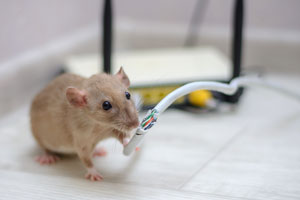


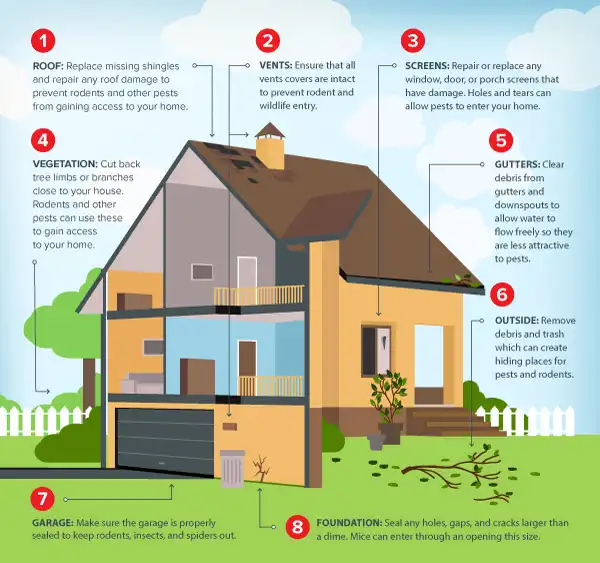 Mice are infamous for squeezing through tiny spaces—even holes the size of a dime. For this reason, it’s crucial to thoroughly inspect your home for openings that may welcome rodents indoors in the winter.
Mice are infamous for squeezing through tiny spaces—even holes the size of a dime. For this reason, it’s crucial to thoroughly inspect your home for openings that may welcome rodents indoors in the winter.